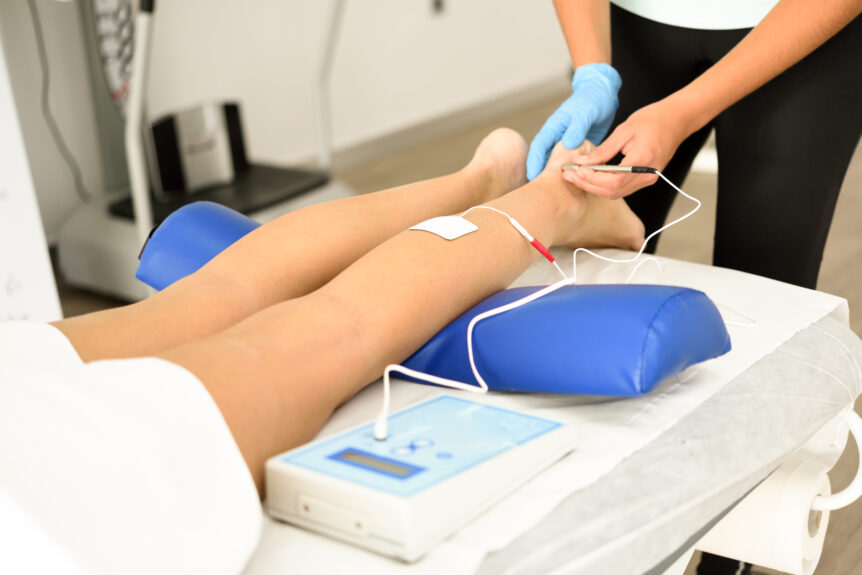Cushman, D. M., Nowak, A. S., Beaumont, W. R. C. L. & Stokes, D.
Clin. J. Sport Med. (2025). doi:10.1097/jsm.0000000000001342
Objective: To identify specific tendon morphologies on ultrasonography of the Achilles tendon (AT) that later develop time-loss injury.
Design: Blinded post hoc analysis of a 2-year prospective, observational study of 944 AT sonographic videos to identify morphologic characteristics of diagnosed Achilles tendinopathies associated with future time-loss injury. The second year was used to validate the findings from the first year.
Setting: N/A. Patients/Participants: Four hundred seventy-three National Collegiate Athletic Association student-athletes from 3 institutions over 2 years of data collection (57.7% females; 20.1 6 1.6 years of age; 23.1 6 2.8 kg/m 2 of body mass index; 9.4 6 3.6 years of sport experience).
Interventions/Assessment of Risk Factors: Particular tendon morphologies were used to develop 3 ultrasonographic imaging rules that were used to predict AT injury leading to time loss in sport.
Main Outcome Measures: Positive predictive value (PPV) and negative predictive values of particular tendon morphologies associated with the development of time-loss injury within 1 year.
Results: One of 3 morphologies, a deep mid-substance focal hypoechogenic area, was validated on 2 separate data sets and found to have a 33.3% PPV in both years for the development of time-loss injury.
Conclusion: Results suggest a specific phenotype of sonographic abnormality of the AT that suggests a 1-in-3 chance of developing time-loss injury within a year. Detecting abnormality of future AT before symptoms develop may allow for rehabilitation strategies to prevent or reduce time-loss.

